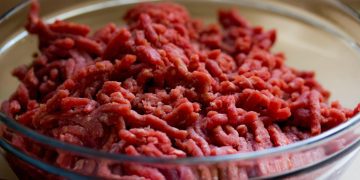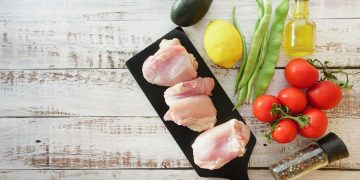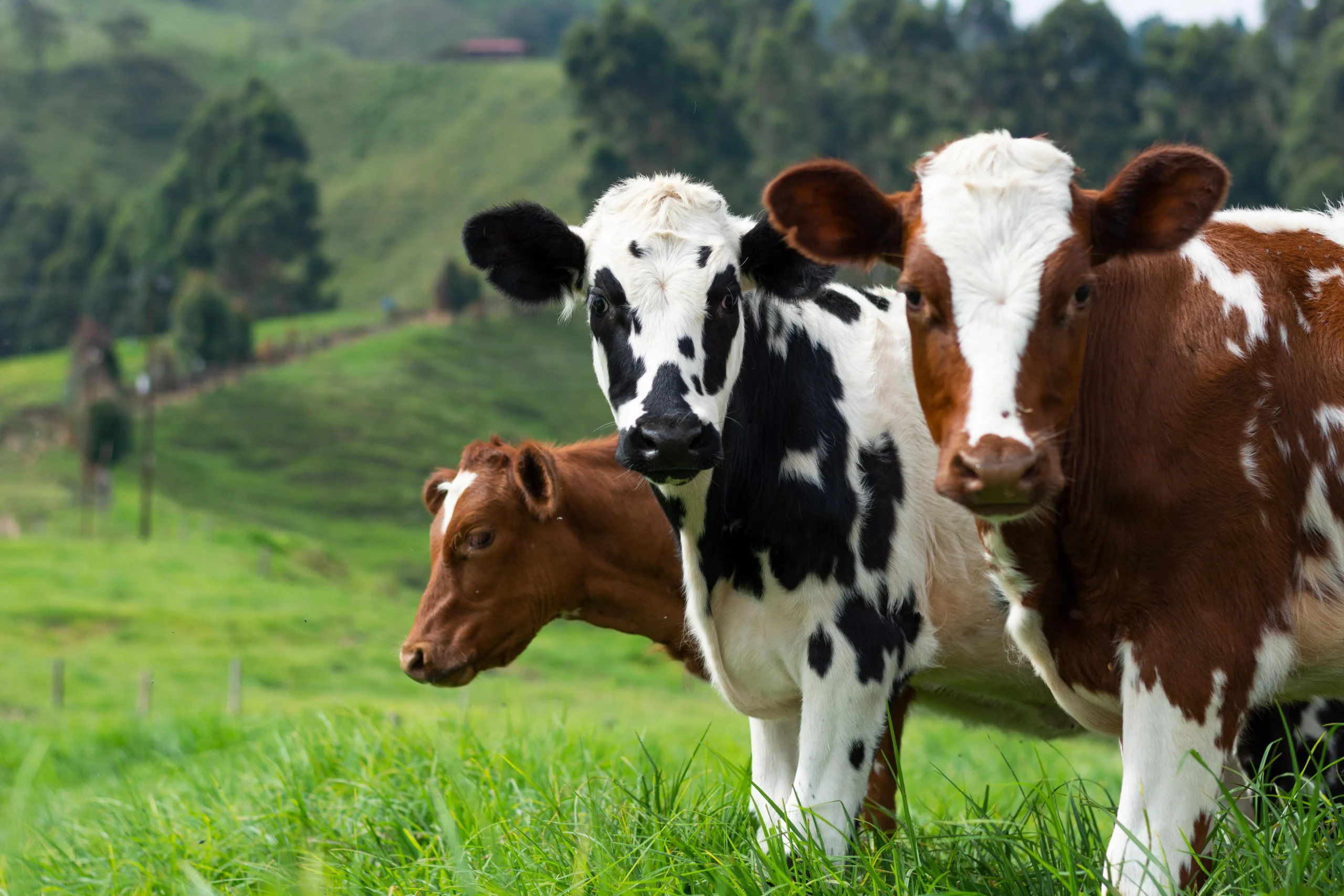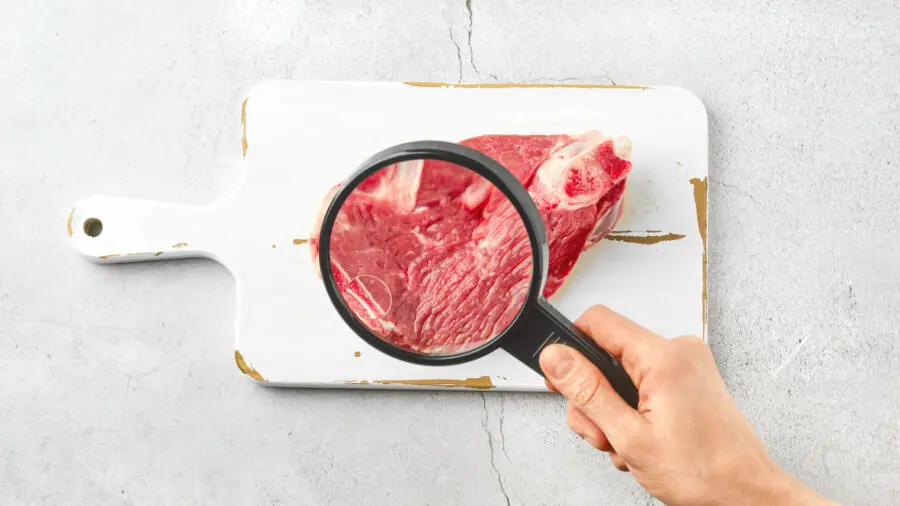For the first time, in a 2019 report, the Intergovernmental Panel on Climate Change noted that alternative proteins – novel foods made from plants, fungi, or cultured cells – could have “considerable potential” for “sustainably delivering protein for food and feed.”
However, as the report finds, the carbon footprints of some novel plant-based meats is higher than that of chicken. Meanwhile, although the carbon footprint of cultivated meat is still uncertain, our last report found that replacing 40% of pork or chicken with cultivated meat could raise net emissions by 40 and 170 million metric tons. This is because the energy consumption required to power production can be high for alternative proteins, especially for cultivated meat.
However, these assessments of carbon footprint do not consider an important environmental cost that would upend any conversation on the sustainability of alternative proteins. Meat alternatives require 47-99% less land than animal-based meat. So when demand shifts from animal-based to alternative proteins, there is less pressure for farmers to convert native vegetation to farmland and some existing farmland could even be restored to native vegetation.
To assess these benefits, think of the carbon opportunity cost (COC) of land, essentially the emissions from the carbon lost on agricultural land used to produce a given crop. When more agricultural land is used to generate food, less land is available for sequestering and storing carbon in native vegetation, which represents a carbon cost.
The COC values for conventional and alternative proteins were derived from a study conducted by Searchinger et al. (2018), in which the authors estimated how much carbon was lost from native vegetation being converted to farmland to produce different kinds of crops. We took the relative compositions of and the carbon opportunity costs of crops that are ingredients in alternative proteins to generate unique COC values for each meat alternative and used the COC values of meat from the study.
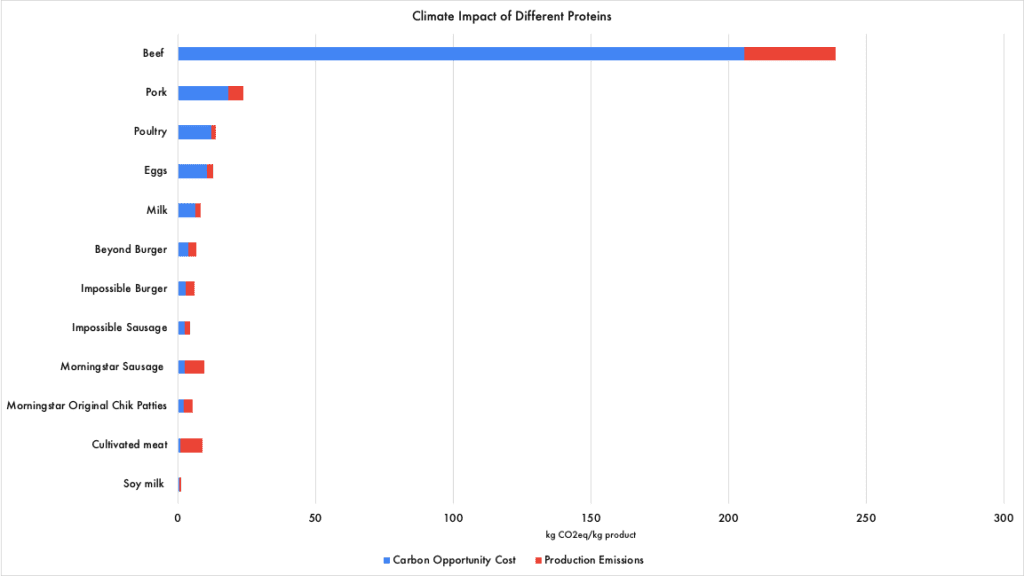
We find that meat and dairy alternatives are much more climate-friendly than all animal-based foods, even chicken produced in the US, when the COC is accounted for in the carbon footprint. The Impossible Burger’s carbon footprint is more than double that of US poultry, for example, because of its relatively higher energy needs for production, but when the COC is included, the total carbon footprint of poultry is much higher than Impossible Burger and all other alternatives. These findings are is in line with analysis from Our World in Data. Indeed, our study finds that producing one kilogram of beef can have a total carbon footprint that is at least ten times higher than pork and fifty times higher than protein-rich alternatives.
Cultivated meat and Morningstar products in particular had among the best COC values. With very few crop-based inputs, cultivated meats are the most land-efficient protein product; they require nearly half the land that chicken needs for production. The main crop-based input in cultivated meat’s cell media is sugar, which can be derived from corn or crops like sugarcane for industrial and biochemical processes. Glucose is itself a key ingredient in cell media and is also used to produce growth factors, amino acids, and proteins for cell media. The key ingredients in Morningstar Sausage and the Original Chik Patties are wheat gluten and wheat flour, respectively. These ingredients have a better COC compared to the soy and pea-based ingredients which are used to produce Impossible and Beyond products.
We cannot forget about dairy and eggs. The carbon footprint of milk and eggs surpasses that of poultry when adjusting the carbon footprint for the protein or calorie content delivered by each product. The carbon footprint of milk and eggs on a protein and calorie basis is nearly 4 and 2 times that of poultry, respectively. Shifting away from beef, pork, and dairy products would reduce carbon emissions the most. That means that consuming poultry and protein alternatives are both effective ways to reduce the carbon footprint of our diet.
When accounting for the carbon opportunity cost, the carbon footprint of alternative proteins is clearly superior. A whopping 41% of land in the US is used to feed livestock alone and meat demand is rising globally. Booming demand may incentivize US farmers and ranchers to expand land-intensive meat and dairy production. However, shifting demand to innovative alternatives would allow some land to be freed up for other uses, or abandoned such that native ecosystems and carbon could be restored. Increasing agricultural R&D funding for protein alternatives, creating an open-source cell-line repository to support the development of cultivated meat, and procuring protein alternatives are a few critical ways the federal government could shift demand.
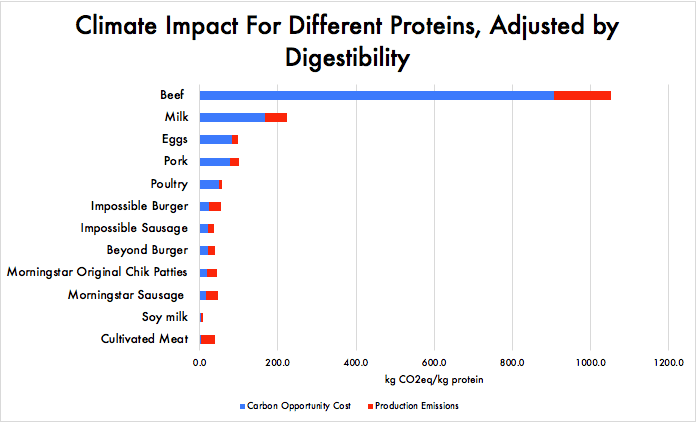
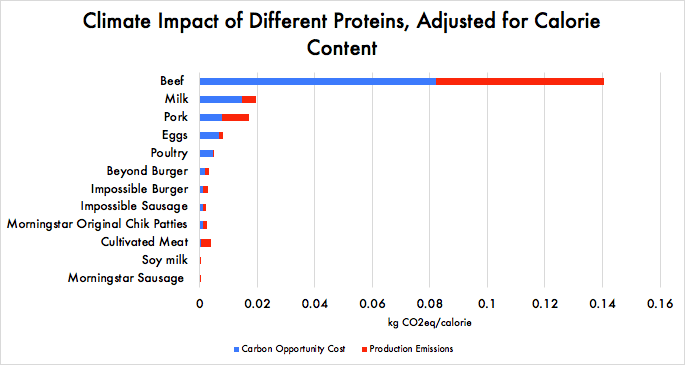
A detailed description of methods and limitations can be found here. The spreadsheet for the analysis can be provided upon request.
